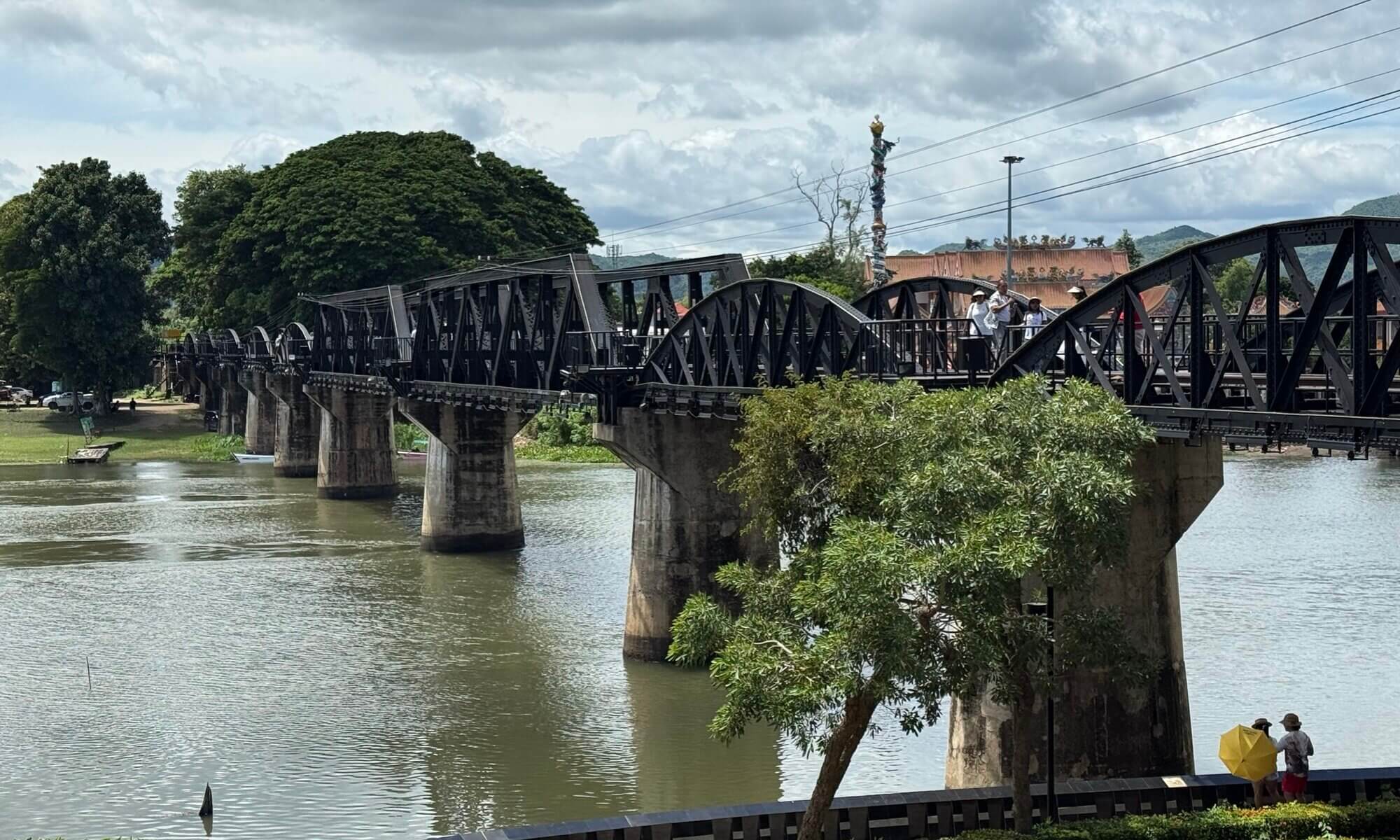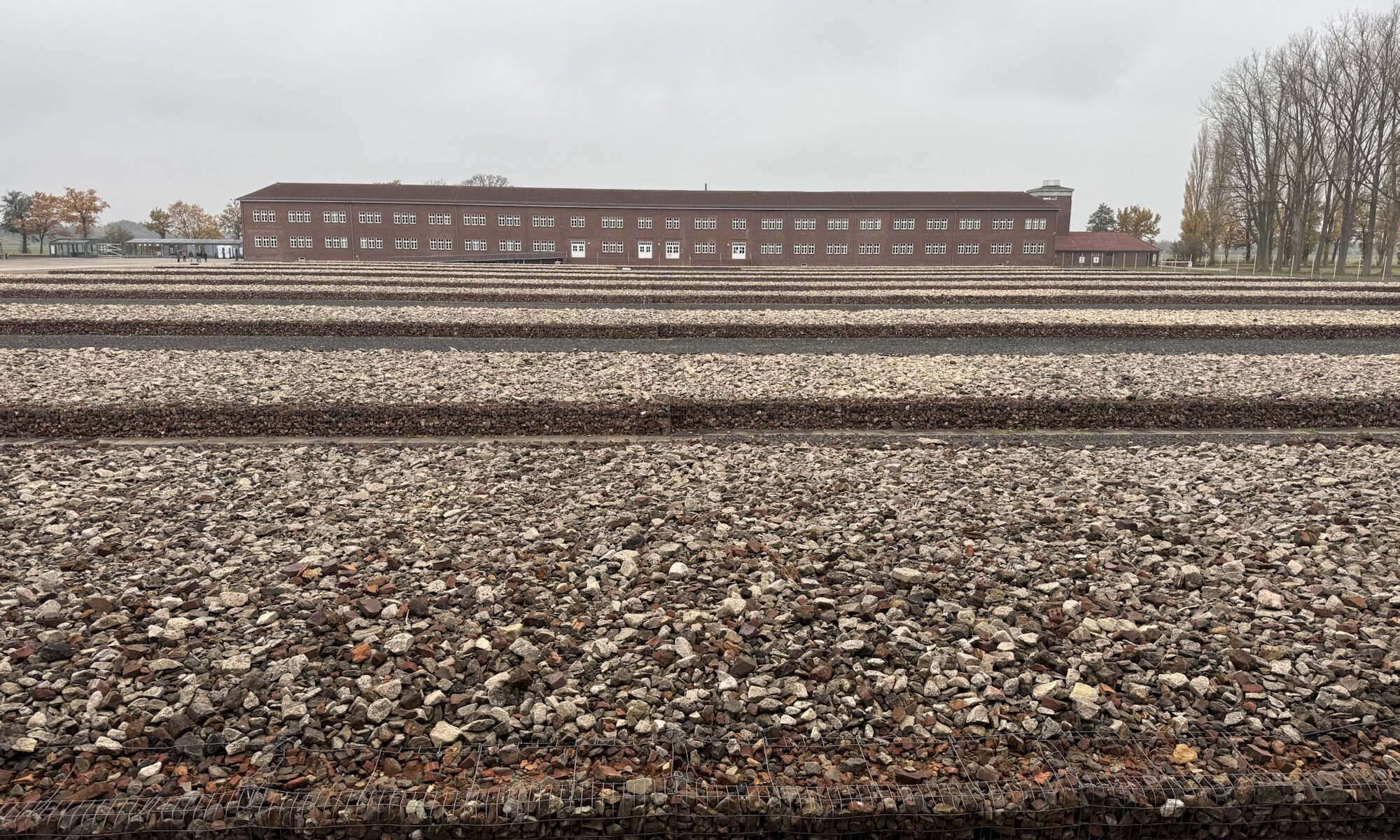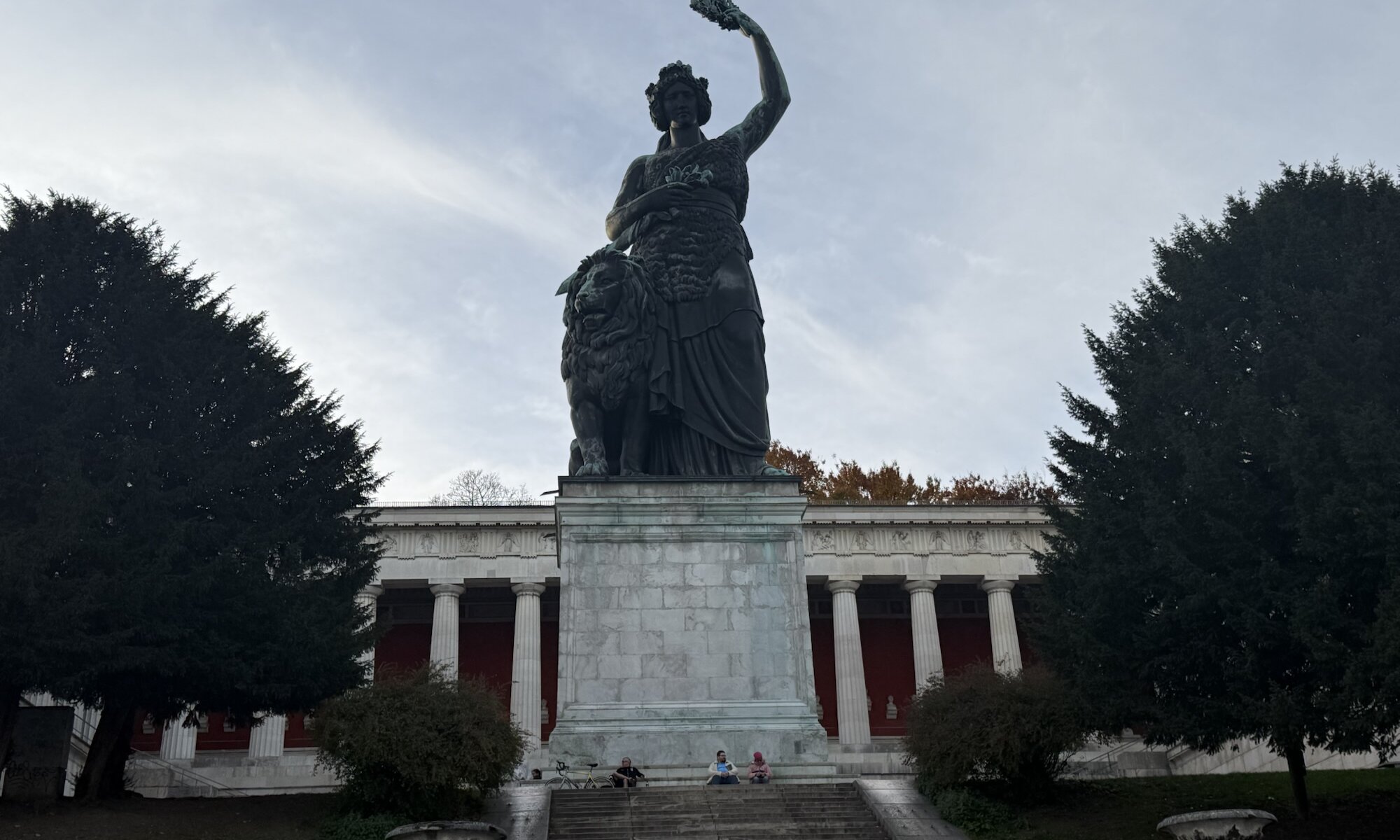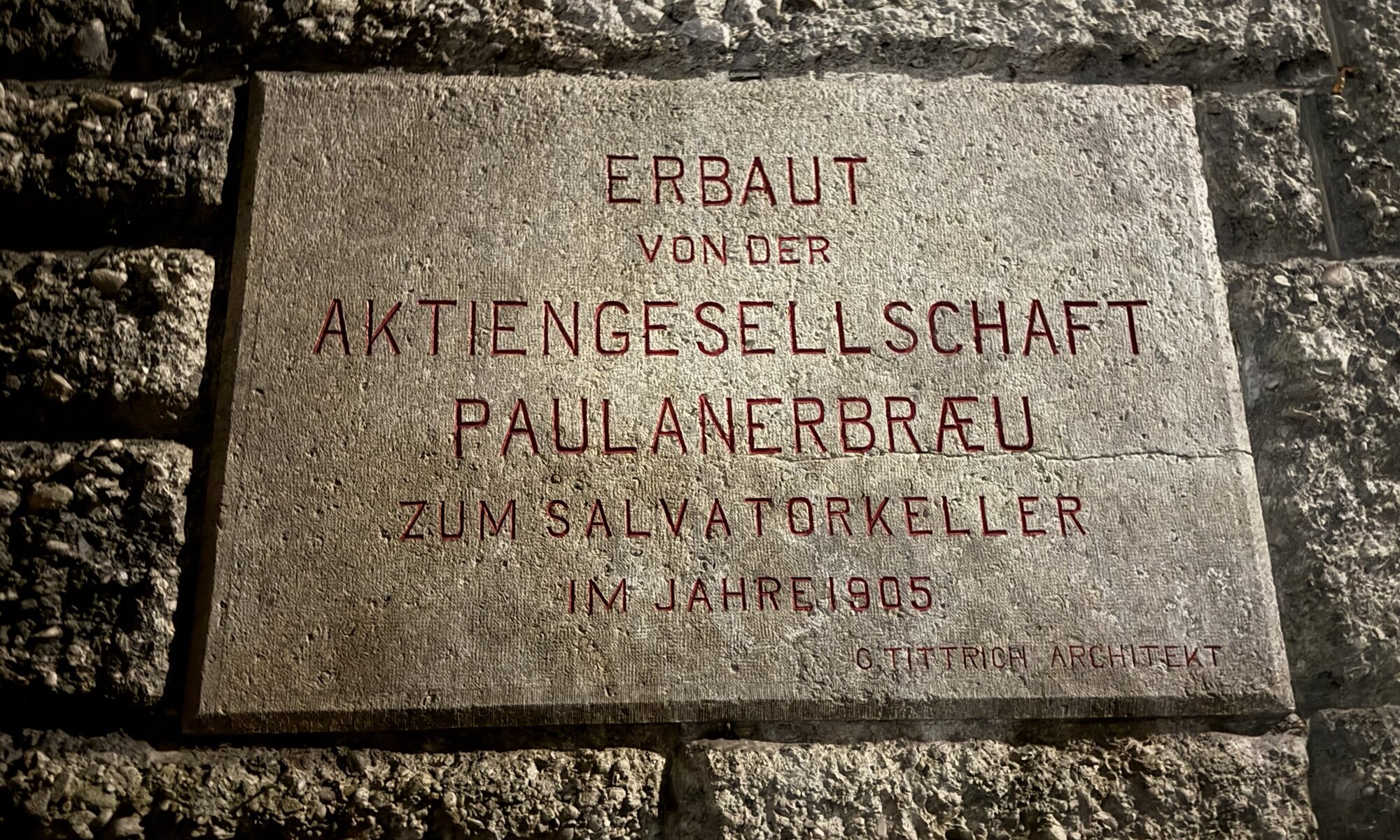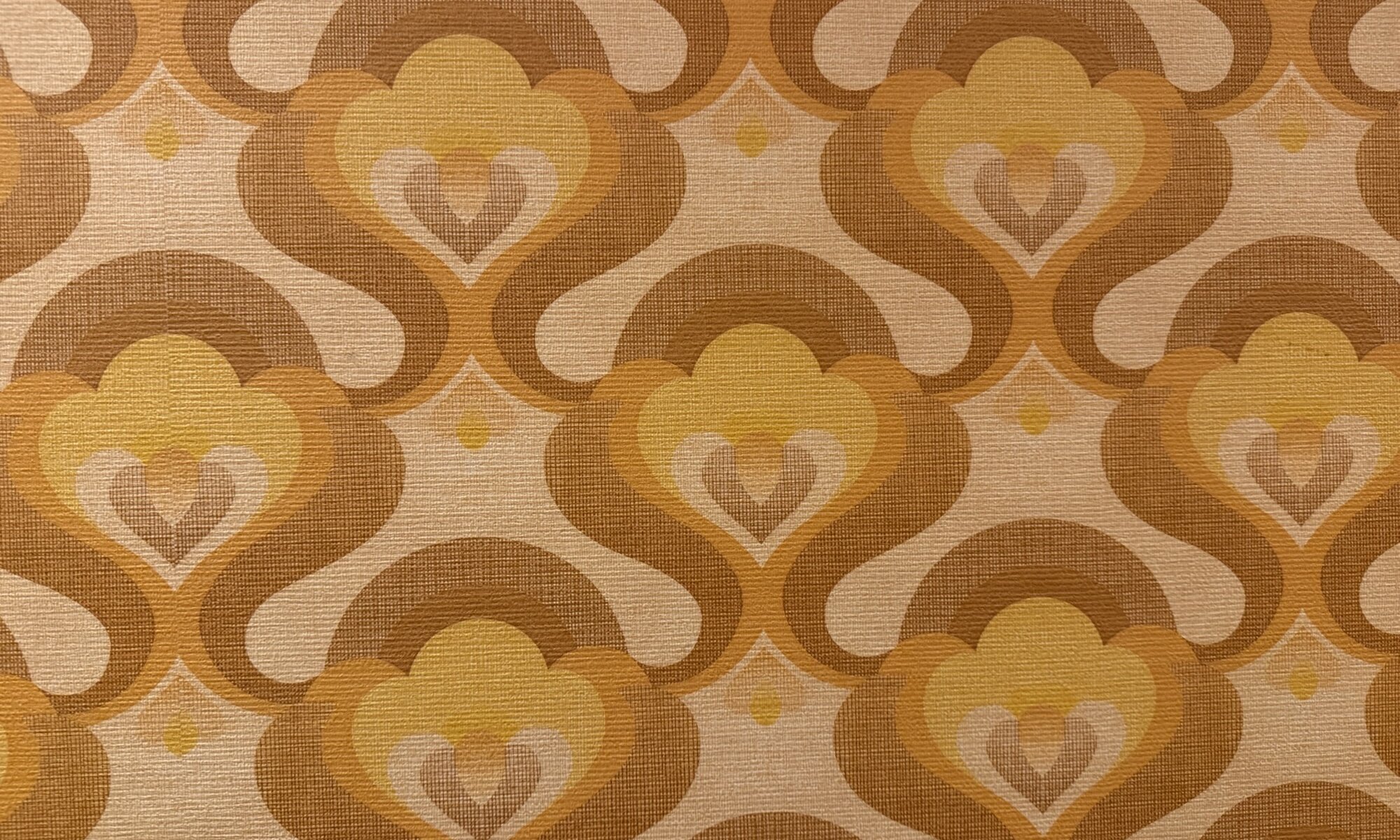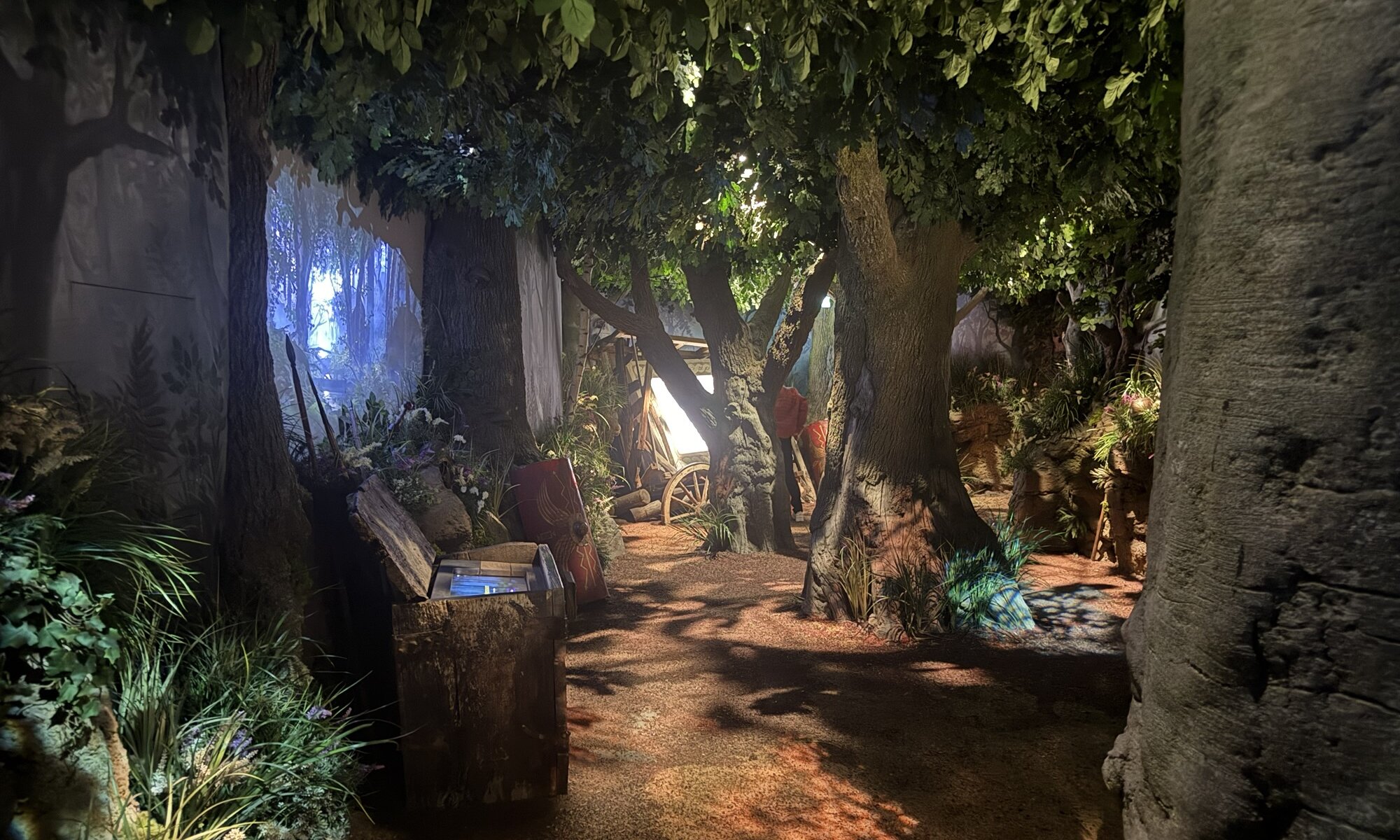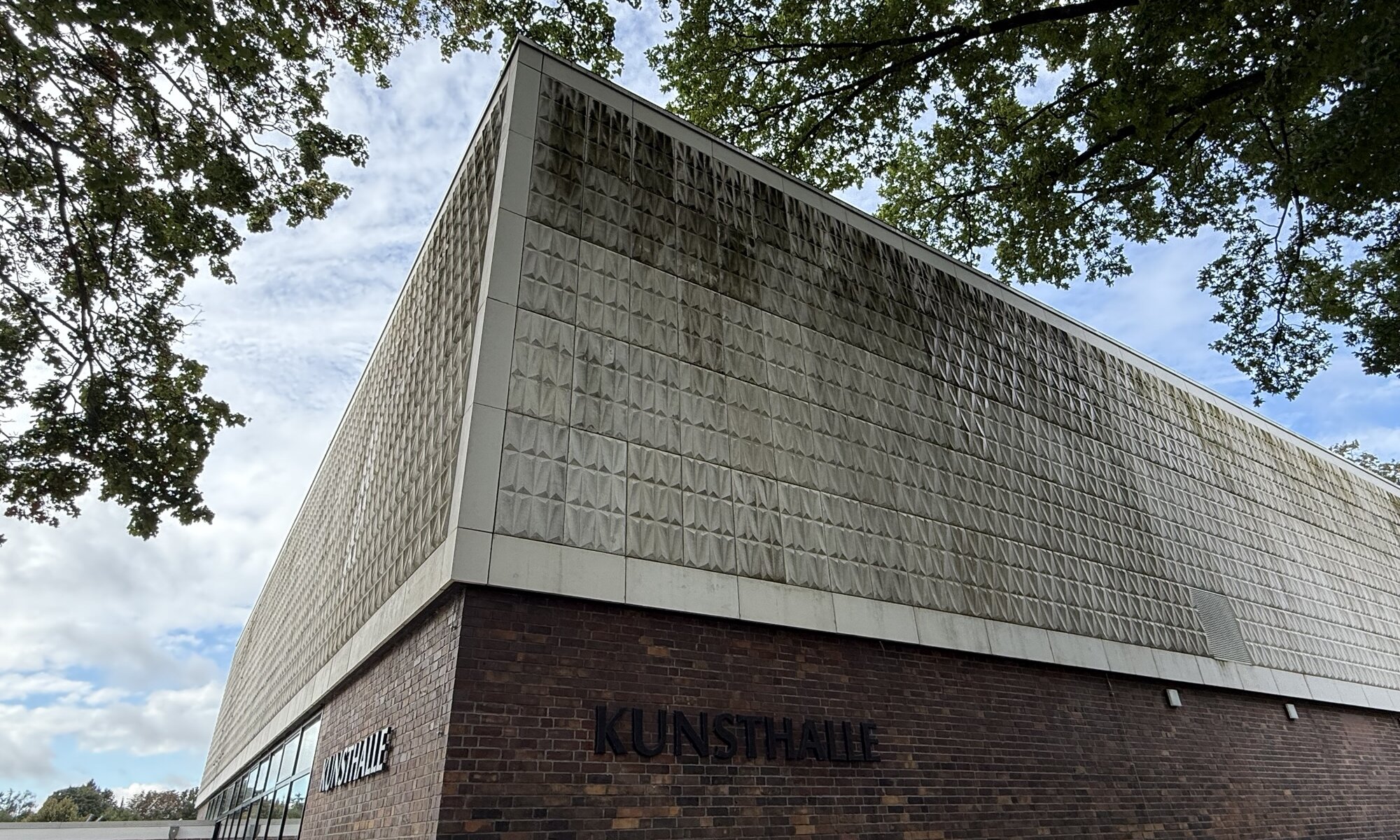The Neuengamme concentration camp, located in the outskirts of Hamburg, was established by the SS in late 1938 initially as a subcamp of Sachsenhausen before becoming independent in 1940. The site, built around a disused brickworks, played a grim role in Nazi efforts to exploit forced labour for the war economy, with prisoners compelled to endure backbreaking tasks under brutal conditions. Over its seven-year existence until liberation in May 1945, Neuengamme became the central concentration camp in north-west Germany, expanding to include dozens of satellite camps throughout the region.
Continue reading “Neuengamme”Ruhmeshalle
The Ruhmeshalle in München stands as a grand neoclassical monument, overlooking the Theresienwiese from its elevated position on the western edge of the city centre. Designed by the renowned architect Leo von Klenze and commissioned by King Ludwig I of Bavaria, it was completed between 1843 and 1853. Its purpose was to serve as a hall of fame, celebrating figures who had made distinguished contributions to Bavarian culture, science, and public life. The open colonnade, built in the style of a Greek temple, forms a semi-circle that conveys both prestige and reverence, harmoniously blending with Münchens 19th-century architectural spirit.
Continue reading “Ruhmeshalle”Starkbierfest
Nestled on a gentle hill in the district of Au, the Nockherberg holds a special place in Münchens cultural and brewing history. It is best known as the home of the Paulaner Brewery, which has stood here since the seventeenth century. The origin of Nockherberg’s fame dates back to 1634, when monks of the Neudeck ob der Au monastery first brewed a dark, strong beer known as Salvator to sustain themselves during Lent. This hearty beverage quickly gained popularity, becoming not only a symbol of local craftsmanship but also an inseparable part of Münchens identity. Over time, the hillside location transformed from a monastic retreat into a vibrant site for one of Bavaria’s most beloved beer traditions.
Continue reading “Starkbierfest”KZ Moringen
The Konzentrationslager Moringen, located near Göttingen in Lower Saxony, began its grim history shortly after the Nazi rise to power in 1933. Established within the buildings of a former Arbeitshaus (or Werkhaus, an institution for forced labour), it was among the first wave of concentration camps set up across Germany, predating the large, industrial-scale camps that would later define the regime’s terror. Initially, the camp served as a detention site for political opponents of the Nazis – primarily communists, social democrats, and trade unionists. Prisoners were subjected to harsh conditions, forced labour, and systematic abuse, as the camp became a testing ground for the early concentration camp system.
Continue reading “KZ Moringen”East Germany
The DDR-Museum in Berlin offers a vividly immersive journey into life behind the Iron Curtain, capturing the everyday experiences of citizens in the former East Germany. Unlike many traditional museums, it favours interactivity, encouraging visitors to open cupboards, sit in reconstructed living rooms, or even take the wheel of a Trabant car in a simulated drive. Its design brings history to life not only as political or military events but also through the objects, fashions, and domestic routines that defined existence in the German Democratic Republic. The museum’s central character lies in its hands-on approach, inviting curiosity and participation rather than passive observation.
Continue reading “East Germany”GenZ history
The Deutschlandmuseum at Potsdamer Platz in Berlin is a relatively new addition to the city’s diverse museum landscape, yet it distinguishes itself by its unusual approach. Unlike the grand and expansive historical museums that line Unter den Linden or the halls of Museumsinsel, this is a small, multimedia-driven space that condenses centuries of German history into a compact and fast-paced format. It has been designed very much with a young, digitally oriented audience in mind, offering the story of the nation in a style that is compared to a ‘fast-food’ experience of history – quick, accessible, and instantly engaging. Visitors step into an environment where the line between exhibition and entertainment blurs, experiencing history as a walk-through spectacle rather than as a quiet study.
Continue reading “GenZ history”GDR art
The Kunsthalle at Rostock stands as a remarkable testament to both architectural ambition and artistic vision from the days of the former GDR. Conceived in the mid-1960s and officially opened in 1969, it was intended as a showpiece of East German cultural policy, being the first and only purpose-built art museum constructed in the German Democratic Republic. The original plan was to provide a home for the Biennale of Baltic Sea countries, but thanks to the foresight of its founding director, Horst Zimmermann, it quickly began accruing its own significant collection, soon establishing itself not just as an exhibition hall but as a true museum with a focus on collecting, preserving, and researching art.
Continue reading “GDR art”IGA-Park
The IGA-Park in Rostock is a wide expanse of green and waterfront leisure created out of the grounds of the International Garden Exhibition held in 2003. Once an industrial harbour area, it was completely transformed into a landscaped park that combines themed gardens, modern art installations, and broad lawns along the Warnow river. Today it stands as one of the city’s most attractive recreational spaces, linking Rostock’s maritime heritage with a contemporary vision of open urban living.
Continue reading “IGA-Park”Lenbachhaus
Located in the vibrant heart of München, the Lenbachhaus is a true gem for anyone with an appreciation for art and history. Originally, the building was the villa of Franz von Lenbach, a prominent 19th-century painter, who designed his home in a Tuscan style reminiscent of Italian Renaissance villas. In the early 20th century, the city of München acquired the property and transformed it into a museum, aiming to preserve and showcase Lenbach’s legacy and the city’s rich artistic heritage. Over the years, the Lenbachhaus underwent several expansions and updates, allowing it to evolve into one of Germany’s most esteemed art institutions.
Continue reading “Lenbachhaus”Green oasis
The Botanischer Garten Nymphenburg in München, nestled adjacent to the famed Schloß Nymphenburg, is a serene oasis with a rich legacy dating back to the early 20th century. Originally founded in its current location in 1914, the botanical garden replaced the city’s older botanical garden near Karlsplatz. Its development was strongly shaped by a desire to create a thriving centre of horticultural education and research, one that would also serve the public as a place for enjoyment and tranquillity.
Continue reading “Green oasis”